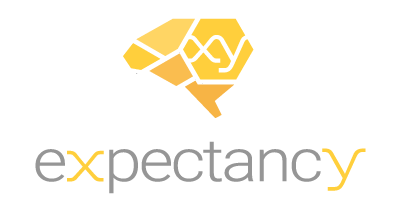The employee lifecycle includes the stages where organizations can intervene to impact the employee experience. Some organizations don’t have a clear definition of what happens between onboarding and departing. We believe in defining the stages of the employee lifecycle and connecting each stage.
Defining the Employee Lifecycle
We define the employee lifecycle as consisting of attracting talent, hiring, onboarding, engaging talent, performance management, employee development, and departure. Each step is unique and important to the organization, as well as to the employee experience. Responsibilities across the employee lifecycle are shared between the employees and the employer. Employees expect a certain amount from employers at each stage, just like employers expect a certain amount from their employees at each stage.
Stage 1: Attracting Talent & Hiring
Attracting and hiring is the first step of the employee lifecycle. It is when organizations try to recruit, evaluate, and select their desired talent. Finding the right talent for your organization can be a daunting process. It is important to familiarize yourself with the steps you can take to ensure that you are identifying the right talent with the right skills for your organization.
Stage 2: Onboarding
Onboarding is the second stage of the employee lifecycle. Here, the organization begins to affirm the decision that was already made. During this stage, the organization gathers a lot of paperwork and information on the new hire, but that’s not all. At the same time, the new hire begins to affirm their decision. It is important that leaders help ease the new hire into the culture and set them up for development and success.
Stage 3: Engaging Talent
Ideally, during the engage stage of the employee lifecycle, the organization’s leaders work to build the individual’s strengths and purpose. Managers should consider how the employee’s strengths line up with the competencies required for the role. Employees are expected to be open to conversations around their strengths and embrace opportunities for development.
Stage 4: Performance Management:
The performance stage of the employee lifecycle is where the organization drives expectations. Although some organizations focus solely on annual performance reviews, we are seeing a positive shift towards more constant performance review conversations. It is important here to document how talent applies their skills and make these documented evaluations transparent to employees.
Stage 5: Employee Development
As organizations drive expectations, they begin to develop their talent. Coaching, mentoring, development courses and workshops can help employees grow within the organization. Providing employees with relevant learning content when they need it, is a great challenge at this stage of the employee lifecycle. Employee development plans are another important component of this stage. If employees do not feel as if they are learning and developing within the organization, or if they cannot see a clear future path at the organization, they will likely look for new job opportunities elsewhere.
Stage 6: Departure
The goal at the departure stage of the employee lifecycle is to create a positive exit experience for your leaving employee. With a positive exit experience, employees are more likely to become brand ambassadors for the organization. Before an employee leaves, it is important to hold exit reviews. This can not only create closure for the employee but can also benefit the employees that stay. It is a great opportunity for the organization to uncover an employee’s motive for leaving. This can give insight to whether there is a systemic or cultural issue that needs to be addressed, in order to prevent future undesired turnover.
Connecting the Stages
Organizations rarely have a good way of connecting each stage of the employee lifecycle. Since many of these stages traditionally require different systems, valuable insights gathered from one stage are often lost in transition to the next stage. We see great value in connecting each stage of the employee lifecycle. With transformational software, we have the ability to pass valuable insights from stage to stage, helping maximize the employee experience, performance, and the organization’s ROI.
Expectancy Learning gives managers access to an employee profile, where they have quick, easy access to information gathered from each stage of the employee lifecycle. The employee profile includes information gathered from interviews, onboarding documents, strengths assessments, individualized purpose statements, performance history, and development plans. This would give managers a high-level understanding of the employee’s journey within the organization. It would help them understand how the employee has grown thus far and identify areas in which they need to further develop. Expectancy Learning can help talent succeed, by providing the right people with the right insights at the right time.


